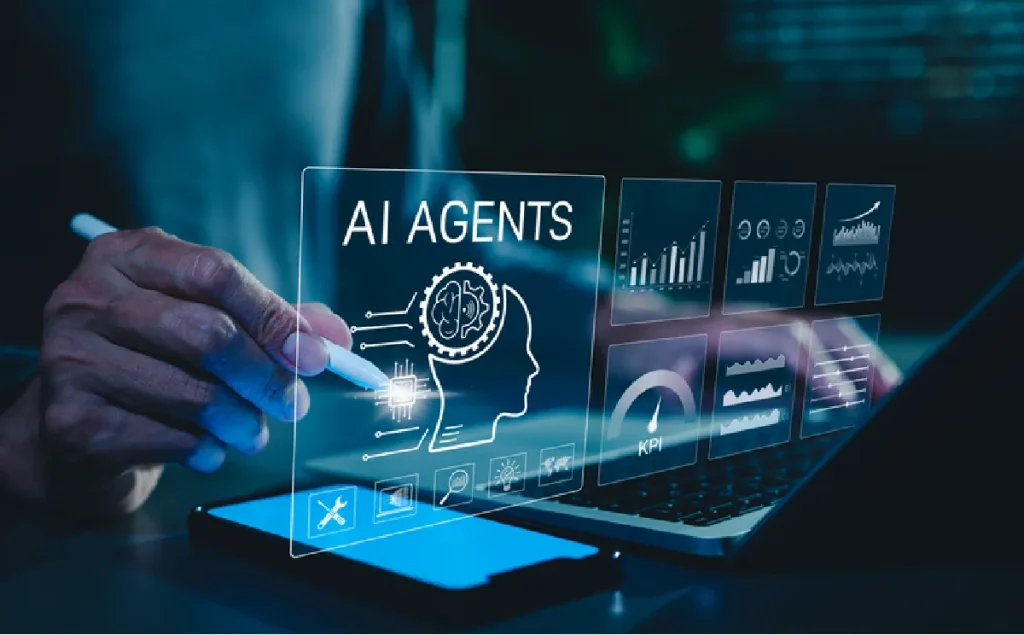By Andrew Guy, CEO at FD Intelligence
A managing tax partner’s cautionary tale reveals the hidden costs of building custom AI.
After months of development and significant investment in an in-house tax compliance system, one firm faced a harsh truth: impressive test results collapsed under real-world complexity.
They thought they could build something tailored to their needs. They learned that AI isn’t like building a website. It’s a living, evolving engineering challenge, requiring deep, ongoing resources they simply didn’t have.
This costly lesson points to a critical question for UK tax practices today: build or buy?
The resource reality check
Building robust AI in-house takes far more than hiring a data scientist. It requires infrastructure, governance, accuracy validation, and security capabilities that are all continuously maintained.
For accountancy firms focused on client service, this becomes a major, ongoing resource drain. Some teams are experimenting with low-code tools, chatbots, or audit prototypes. These are often passion projects led by individuals, not firm-wide strategies. Without structure, they rarely scale.
Successful, safe AI demands specialised teams across data engineering, ML ops, compliance, and model refinement. Most firms lack the size or depth to sustain this.
Even firms with internal dev teams report friction: resources pulled in multiple directions, shifting priorities, and limited follow-through. AI isn’t a project; it’s a sustained engineering program.
Most in-house efforts end up shallow, fragmented, and hard to govern. High-impact pilots often stall in the “pilot-to-production confidence chasm” blocked by complexity, siloed data, or cultural inertia.
In fact, in a 2025 report, MIT found 95% of organisations gain no value from generative AI; most are stuck in endless experimentation. Just 5% of enterprise tools reach production.
Meanwhile, a shadow AI economy is rising, with over 90% of employees use personal AI tools, while only 40% of companies offer official ones.
Where generic AI falls short
Generic AI often fails in regulated environments like tax. Its outputs can be incomplete or inaccurate. Tax work requires:
- nuanced interpretation of complex rules
- audit-ready outputs
- alignment with professional standards
Generic tools may impress in demos but struggle with tax-specific document structures. These gaps become painfully clear when applied to real-world corporate tax workflows.
Why domain expertise matters
Unlike generic AI systems, tools like TIA™ are purpose-built Agentic AI platforms designed specifically for tax research.
TIA™ is trained on HMRC manuals, UK legislation, case law, and technical guidance. It delivers structured, reference-backed answers aligned with professional standards. It understands legislative hierarchies, monitors regulatory changes, and provides context-aware, caveated outputs.
Another example is our personal tax tool, PETAR™, that automates the extraction and categorisation of tax data from client documents. It’s dramatically reducing adviser time spent on complex, manual processes.
Three non-negotiables for an Agentic AI partner
- Domain expertise
Your partner should deeply understand accounting and tax workflows, not just train models. Ask: How much of the product addresses tax-specific needs? How are regulatory changes tracked and applied? - Proven track record
Request real implementation examples. Ask what obstacles were faced and how were they overcome? - Sustainability
Establish if the vendor can support ongoing updates, evolving compliance needs, and long-term growth?
The partnership advantage
Leading tax firms are learning that specialised partnerships deliver what internal builds can’t:
- Continuous adaptation to regulatory change, without internal lift
- Best-in-class security, often beyond in-house capabilities
- Dedicated tax-AI expertise, not general IT support
Equally important, is shared accountability. Risk is reduced when your vendor understands compliance, not just code.
Security and trust are critical, especially with offshore vendors. Firms increasingly demand transparency into data practices, especially when vendors operate in jurisdictions like India or the Philippines.
Importantly, Agentic AI is no longer just an IT initiative, it’s a business-led transformation, increasingly driven by service lines.
Making it happen: 3 principles for adoption
- Process before technology
Agentic AI should enhance well-defined workflows. Automating inefficiency only scales the problem. - Domain over generic
In regulated industries, specialised expertise always beats generalised capability. - Partnership over procurement
Success comes from strategic alignment and ongoing support, not just buying a tool.
Firms that succeed tend to have structured pipelines of approved use cases, with internal leads or AIT (AI & Innovation Team) initiatives. Some now require formal business cases or tool certifications which is a sign of growing maturity.
Competitive pressure is building
Market dynamics are accelerating Agentic AI adoption. Early movers are gaining efficiency, capacity, and competitive edge. Clients are beginning to ask: “Where are you using Agentic AI in our service delivery?” Firms need credible answers.
Delay risks lost ground in client expectations, talent retention, and operational performance. Conversely, firms that choose proven, domain-specific solutions through strategic partnerships are positioning for long-term advantage.
Final thought: leapfrog, don’t build
The question isn’t if tax practices should adopt Agentic AI, it’s how. The smartest firms are skipping costly internal build cycles and jumping straight to value by partnering with vendors who understand both Agentic AI and tax complexity.
Your advantage won’t come from building Agentic AI. It’ll come from choosing the right partner to help you use it.


